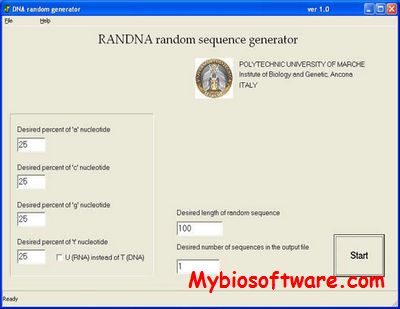6mA-Finder
:: DESCRIPTION
6mA-Finder is a novel online tool for predicting DNA N6-methyladenine sites in genomes.
::DEVELOPER
Bioinformatics and Systems Medicine Laboratory
:: SCREENSHOTS
n/a
:: REQUIREMENTS
- Web browser
:: DOWNLOAD
:: MORE INFORMATION
Citation:
Xu H, Hu R, Jia P, Zhao Z.
6mA-Finder: a novel online tool for predicting DNA N6-methyladenine sites in genomes.
Bioinformatics. 2020 May 1;36(10):3257-3259. doi: 10.1093/bioinformatics/btaa113. PMID: 32091591; PMCID: PMC7214014.
